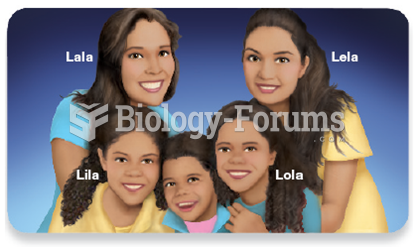Answer to Question 1
Answers will vary slightly, but should include some points below.
The use of PBL requires different processes for students and teachers. The teacher's process involves careful planning. There are many ways that this can happen, but a general outline that can be adapted includes:
1. After students bring up a question, put it in the greater context of a problem to solve and decide what the outcome should be a recommendation, a summary, a process?
2. Develop objectives that represent both the goal and the specific content, language, and skills objectives toward which students will work.
3. List background information necessary and possible materials and content that will need to be addressed. Get access to materials and tools and prepare resource lists if necessary.
4. Write the specific problem. Make sure students know who they are acting as, what their role is, and what they are expected to do. Then go back and check that the problem and task meet the objectives and characteristics of effective PBL. Reevaluate materials and tools.
5. Develop scaffolds that will be needed.
6. Evaluate and prepare to meet individual students' needs for language, assistive tools, content review, and thinking skills and strategies.
7. Present the problem to students, assess their understanding, and provide appropriate feedback as they plan and carry out their process.
The student process focuses more on the specific problem-solving task. PBL sources list different terms to describe each step, but the process is more or less the same. Students:
1. Define and frame the problem: Describe it, recognize what is being asked for, look at it from all sides and say why they need to solve it.
2. Plan: Present prior knowledge that impacts the problem, decide what further information and concepts are needed, and map what resources will be consulted and why.
3. Inquire: Gather and analyze the data, build and test hypotheses.
4. Look back: Review and evaluate the process and content. Ask what do I understand from this result? What does it tell me?
Answer to Question 2
Problem-solving is a process that centers on a problem. Students apply critical and creative thinking skills to prior knowledge during the problem-solving process. The end result of problem-solving is typically some kind of decisionin other words, choosing a solution and then evaluating it. Inquiry in education is also sometimes called research, investigation, or guided discovery. During inquiry, students ask questions and then search for answers to those questions. In doing so, they come to new understandings in content and language.







